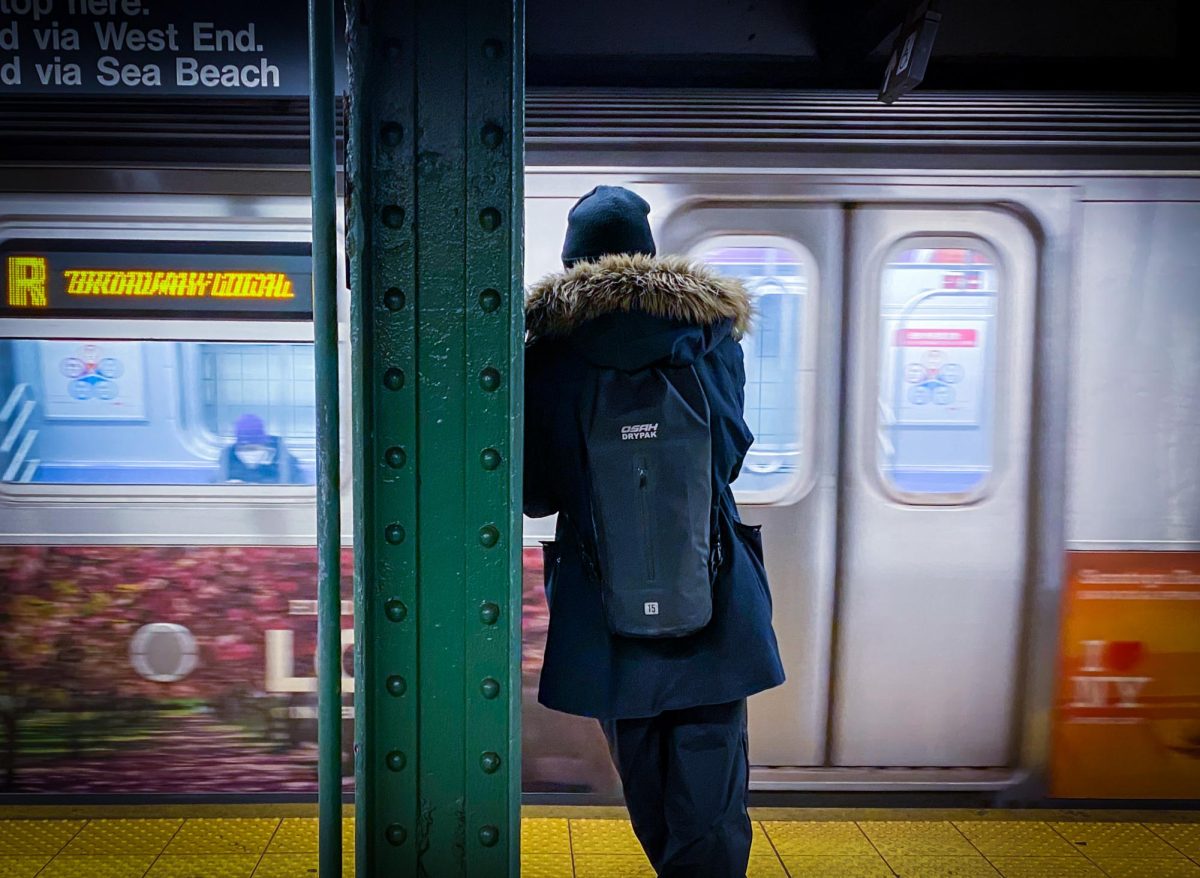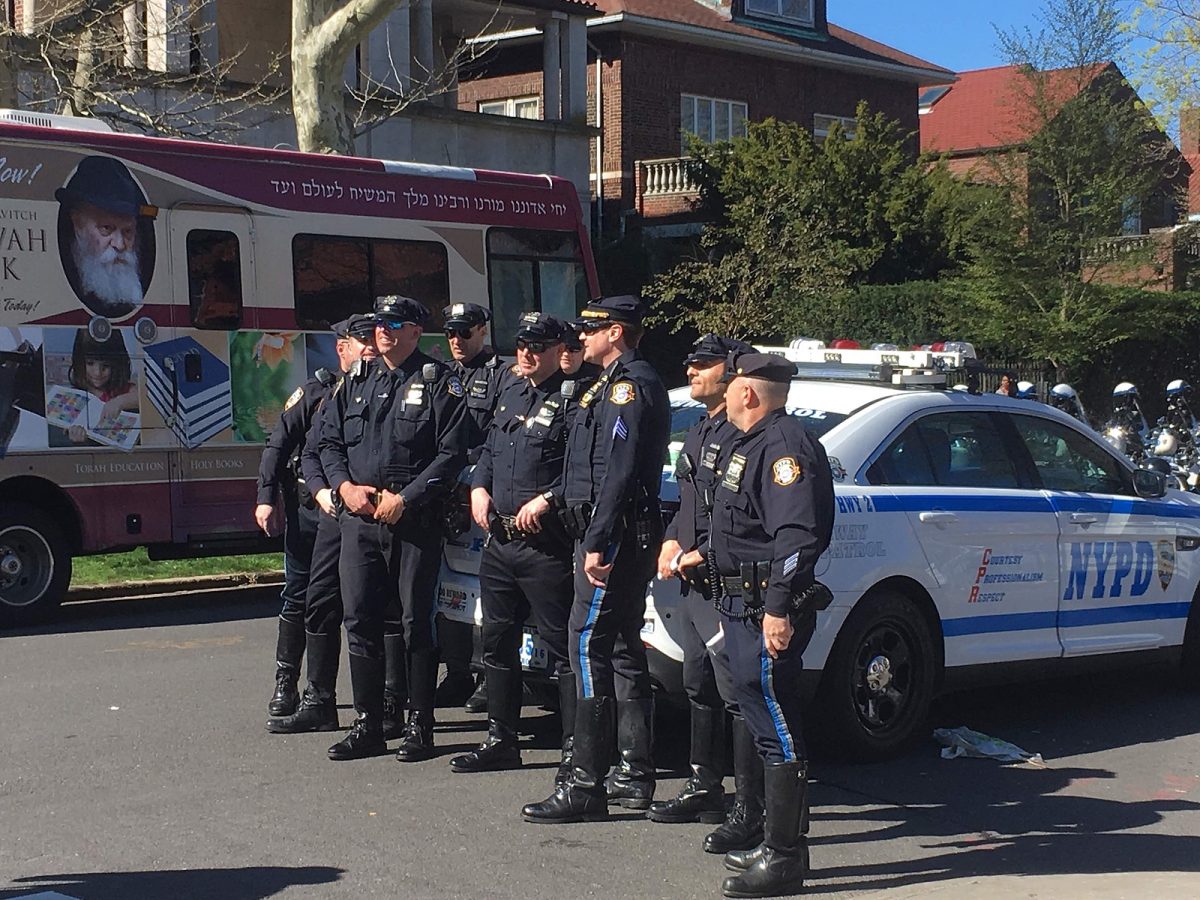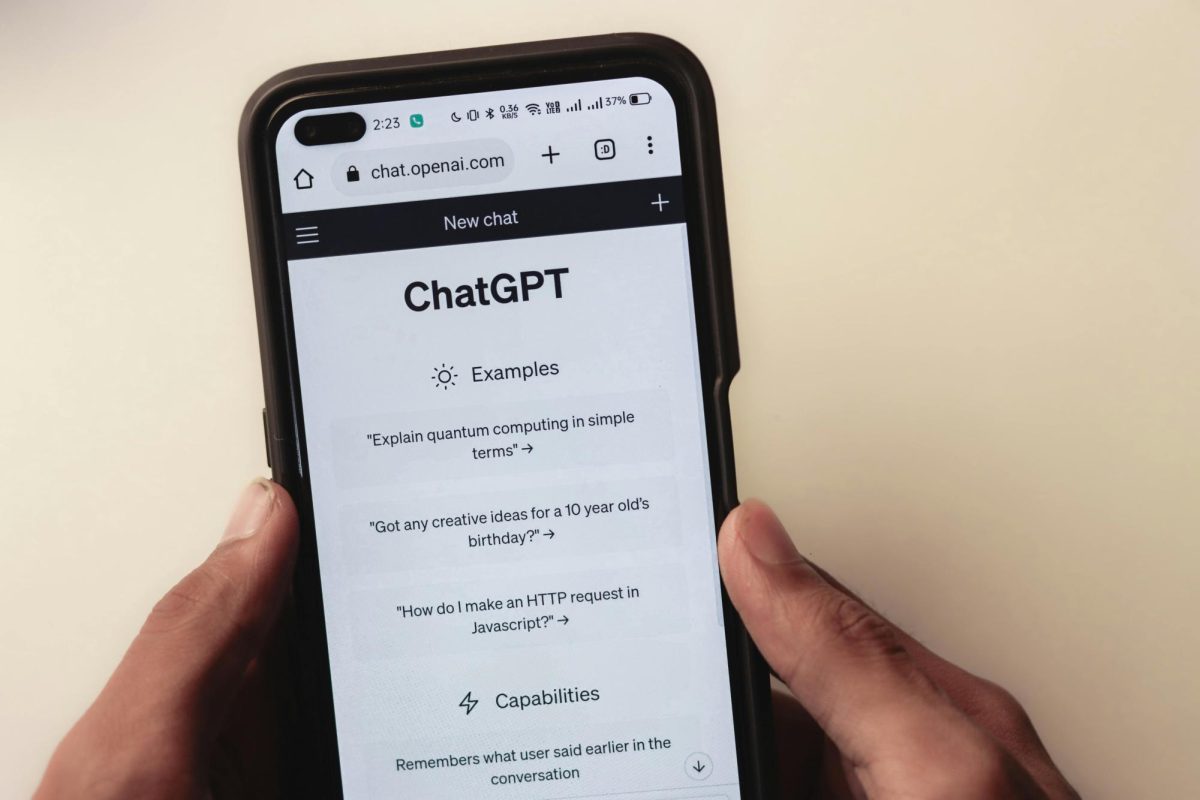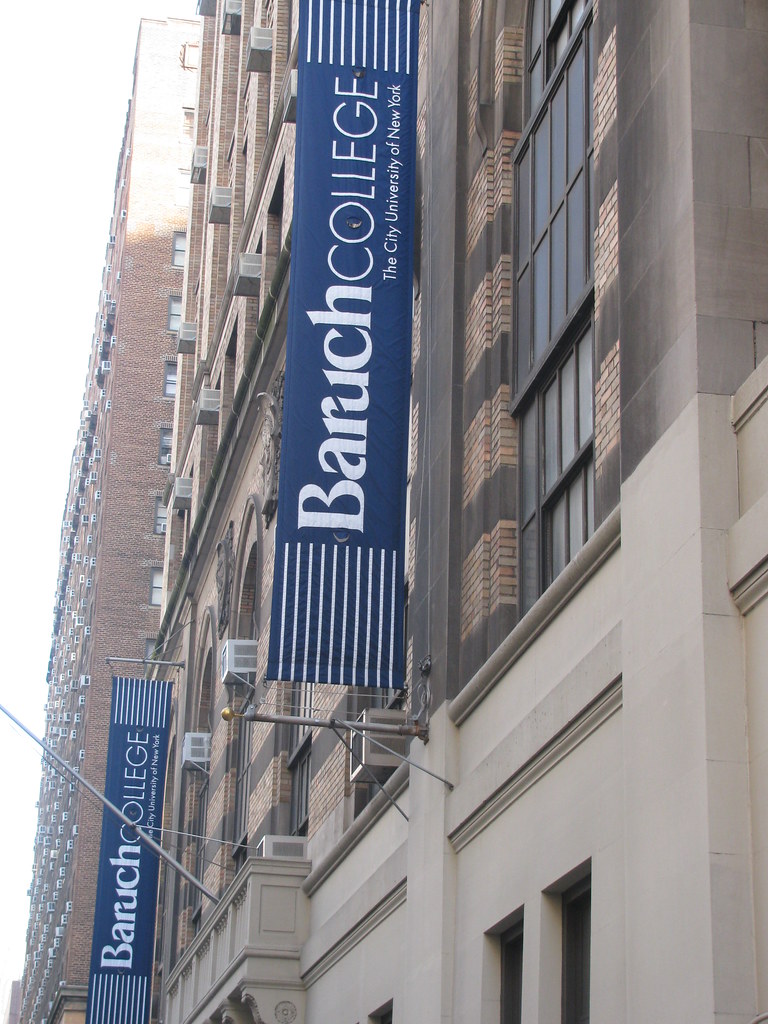The use of zoning policies and high building costs are at fault for causing financial stress on many New Yorkers. It is irrational to expect tenants to use up so much of their income just to afford rent especially as other city costs rise.
The New York City Housing and Vacancy Survey released an October 2023 report which found that 34% of NYC tenants spent half of their income on rent in 2021.
In the same year, 55% of New Yorkers – 1,196,100 households were rent-burdened and struggling with basic costs of living, as food prices and transit fares continue to increase.
The latest figures reflect a trend dating back nearly two decades, with most NYC renters spending at least 30% of their income on rent since 2005.
Although spending such a high percentage has long been considered the most a household should spend, it is not reasonable with the prices of other necessities also skyrocketing.
Housing affordability needs to be adjusted on a national level to reflect the unique costs of necessities, the type of household and other contributing factors to different places.
Two factors are preventing the city’s housing from being affordable: stagnant salaries and rising demand for housing.
Incomes for low to moderate-income workers have stagnated while housing costs have risen. In a NYC census report, the average income per person from 2017-2021 was $43,952. The same report states $1,579 was the median gross rent during the same four years.
An annual salary of $43,952 equates to a $1100 monthly rent. If using the standard, it would be 40 times the rent.
Only workers earning $35 or more can comfortably afford a typical one-bedroom apartment in the outer boroughs. In fact, there is no area where full-time workers earning this hourly wage can afford the costs without needing to secure a second source of income.
Secondly, for-profit developers generally can’t meet the demand for housing among households due to the costs of developing and operating newly constructed buildings.
The rents and home prices that these households can afford are too low to cover the costs because of high land prices and construction costs. Some households’ incomes are too low to cover even the costs of maintaining and insuring existing buildings.
To properly address the housing crisis and the rental market in NYC, these apartments need to be priced according to the area median income, especially if the developers are receiving state and federal funding or tax breaks.
However, the issue of housing affordability is only worsening. The shortage of affordable rental units disproportionately affects people of color.
While the shortage impacts 6% of white households, it influences 19% of Black residents, 14% Hispanic and 17% Indigenous households who are more likely to be renters and have extremely low incomes, according to an Urban Institute Article.
Additionally, younger Black or Hispanic Americans are more likely to be renters. Americans younger than 35 are far more likely to rent when compared to older age groups: 62% of this age group lives in rentals, compared 39% of those ages 35 to 44 and 30% of 45 to 54-year-olds.
Housing and affordability crises are especially difficult for non-white single-parent tenants, as 75% of people living in rent regulated housing are people of color.
The solution lies in long-term land use and zoning reform to encourage the creation and preservation of affordable housing on a significant scale. Such large-scale reform would address the long decades of red lining that disproportionately impact BIPOC New Yorkers.
Mayor Eric Adams, along with City Planning Director Dan Garodnick, announced City of Yes for Housing Opportunity, a major new initiative to facilitate the production of new housing.
The proposal includes three primary components. The first is the conversion of vacant and underutilized office buildings to residential units. Manufacturing districts in Midtown South would then be rezoned. Lastly, the Zoning Resolution would be amended to ease or remove outdated zoning regulations that impede development.
Outdated zoning regulations impede building electrification and retrofits, as adherence to stringent energy efficiency and performance standards are laid out in the NYC Construction Codes.
These obstacles hinder the realization of cleaner buildings and prevent sustainable retrofits for over 50,000 buildings and more than a million homes, which still need to be funded under current zoning.
NYC’s plan to modernize and update our city’s zoning regulations to create affordable housing is a promising vision. The plan will place more housing units on the market despite not fixing the rent amounts on these units. As the city addresses the housing crisis, they must not forget about the middle- and low-class New Yorkers.









OSG • Jan 1, 2024 at 4:34 pm
This article is absolutely on the mark with everything, and I couldn’t agree more, but I can’t see anything changing unfortunately because the rich/crooked always get what they want.